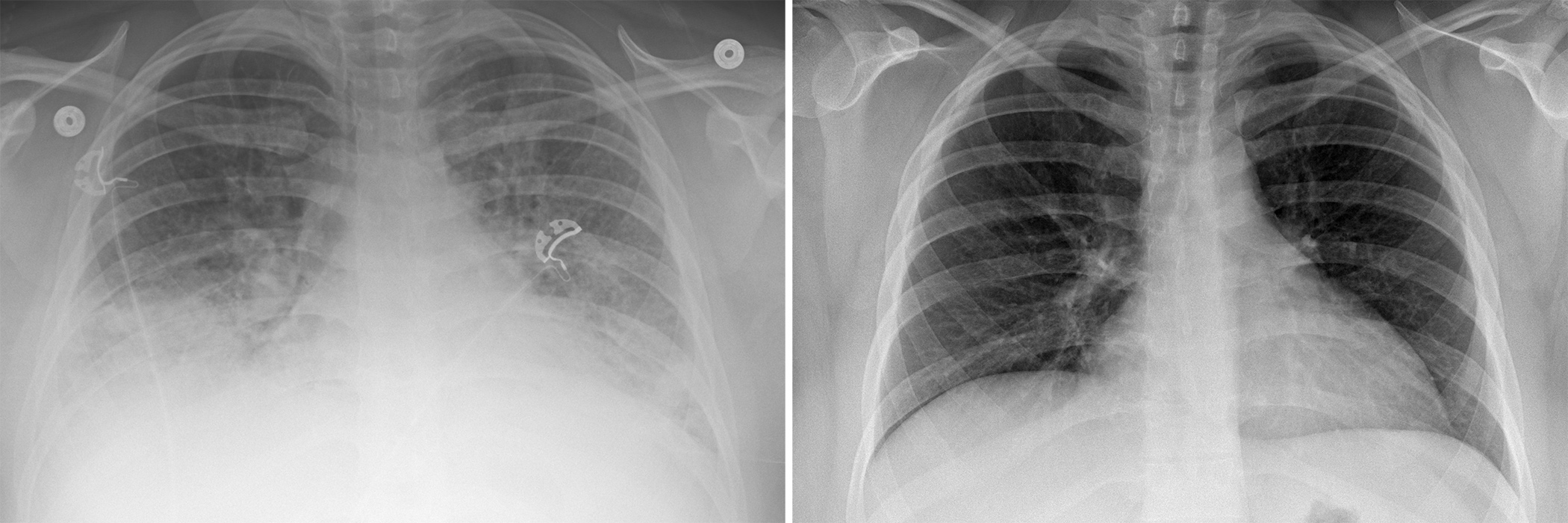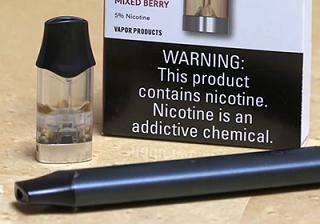

Dangers of Vaping
University of Utah Health experts explain the dangers of vaping and address vaping health risks.
What are the health risks of vaping?
People with vaping illness, also referred to as vaping-associated lung injury, have symptoms that can be mistaken for the flu. These can include shortness of breath, dry cough, chest pain, abdominal pain, nausea, vomiting, and high levels of inflammatory markers in the blood. Many people also experience fevers, body aches and drenching night sweats. The severity varies widely, with some patients experiencing only mild symptoms, while others develop serious, life-threatening illnesses.
How many cases have there been at University of Utah Health?
The first cases were diagnosed in June 2019, and new cases continue to arrive. As of December 2019, there have been 31 confirmed cases of vaping-related lung illness. Additional suspected cases await confirmation by testing.
How is vaping illness treated?
Patients are treated with supportive care including oxygen, while more severe cases are treated with anti-inflammatory steroids. While mild cases improve within 5-7 days, more severe cases can take weeks to recover. The most severe cases are admitted to the ICU, and some have required life support.
How is the condition diagnosed?
Lung scans from patients with vaping illness look like a serious viral or bacterial pneumonia, but those tests for infection come back negative. Instead, diagnosis has been based on exclusion of known causes of similar respiratory illnesses combined with knowing the patient has a history of vaping.
University of Utah Health physicians have identified an additional characteristic in the vast majority of vaping illness cases they have seen. Bronchoscopy reveals signs of inflammation along with immune cells called macrophages that contain oil or a fat-like material, also called lipid-laden macrophages. This finding is distinct and is not seen in patients with infection or most other causes of respiratory illness.
Initially, some categorized vaping illness as a type of lipoid pneumonia but current evidence makes this connection is unclear. There are considerable differences between the two conditions.
Why might identification of the additional marker be useful?
While it is too soon to be sure, lipid-laden macrophages may be a helpful marker for confirming or ruling out the disease. The marker may also offer clues to understanding the mechanism and cause of illness. It could also possibly help identify the specific ingredient or component of a vaping product that is leading to illness.
Is the cause of vaping-related lung illness known?
So far, no single vaping product ingredient or device that has been tied to all cases. Some reports have suggested that vaping THC (the psychoactive component of cannabis) is linked to the illness but a substantial number of cases throughout the United States had not been using these products. The Center for Disease Control and Prevention says that while it appears that vitamin E acetate is associated with lung injury caused by vaping, there are many different substances and product sources that are being investigated, and there may be more than one cause.
What is University of Utah Health doing to better understand this illness and the dangers of vaping?
The first step was to describe this nascent syndrome, including the lipid-laden macrophages found with bronchoscopy in the lungs of patients. Physicians and pathologists are now searching for additional signs and markers that could help better understand the mechanism and cause of the disease.
Additionally, little is known at this stage about how individuals who experienced vaping illness fare over the long-term. U of U Health will be following a group of patients to determine effects of the disease over time.
Is vaping safe?
Because the specific causes of vaping-related lung illness are not known, it is not possible at this time to say that any vaping products are safe. It is recommended that people should not vape until the cause of illness is determined.
Learn more
You can also find the vaping illness and FAQs videos on You Tube.


